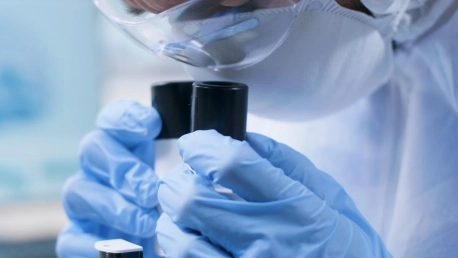Researchers from Weill Cornell Medicine and Cornell Engineering have achieved a groundbreaking advancement in tissue engineering by creating a lifelike adult human ear using state-of-the-art 3D printing technology. Published in the journal Acta Biomaterialia, this innovative development could transform the lives of patients requiring ear reconstruction due to congenital deformities or injury. The 3D-printed ear, designed to replicate the natural anatomy of a human ear, combines bioengineering expertise with the latest in 3D fabrication techniques. The researchers’ efforts are not only a testament to their pioneering spirit but also a beacon of hope for the future of regenerative medicine.
Overcoming Traditional Reconstruction Limitations
The Need for Innovation in Ear Surgery
Traditional ear reconstruction, which commonly uses rib cartilage grafts, often falls short of producing ears that look and feel natural. The inability to closely mimic the ear’s intricate structures and flexibility leaves many patients dissatisfied. The quest for better ear reconstruction techniques that yield more realistic and comfortable outcomes is vital. Progress in this area aims to fulfill the high expectations of both patients and clinicians for improved quality of life post-surgery.
Advanced Tissue Engineering and 3D Printing
A breakthrough approach developed by Dr. Jason Spector and Dr. Larry Bonassar involves using a patient’s own ear as a template for creating 3D-printed ear scaffolds. These scaffolds, made from bio-compatible materials, are infused with pre-treated animal cartilage cells to avert immune rejection. Such innovations can lead to new tissues that possess the complex characteristics of a genuine human ear, enhancing treatment options for those in need of ear reconstruction.
Enhancing the Structural Integrity
Addressing Mechanical Shortcomings
Initially, the team succeeded in producing ears that looked the part but lacked durability. This highlights that tissue engineering involves more than just getting the shape right; it’s about mirroring the natural toughness and elasticity as well. Efforts are ongoing to refine the material properties of these bioengineered ears to ensure they meet the demands of daily life, a crucial prerequisite for their eventual clinical use.
Prospects of Using Patient-derived Cells
Weill Cornell Medicine and Cornell Engineering researchers are at the forefront of redefining reconstructive ear surgery. By introducing a patient’s own chondrocytes, or cartilage cells, into the bioengineering process, they hope to bestow the prostheses with characteristics akin to a natural ear. Despite the need for additional improvements in strength, the biomechanical assessments by Dr. Spector and Dr. Bonassar are promising. This leading-edge method of crafting prosthetic ears that are both visually and functionally comparable to real ones could significantly enhance the outcomes of outer ear reconstruction, potentially revolutionizing reconstructive surgery as we know it.









